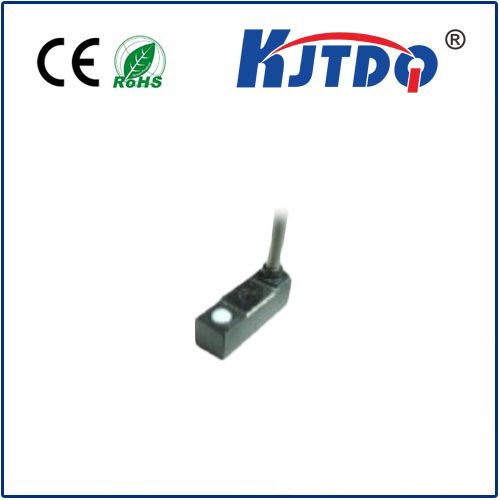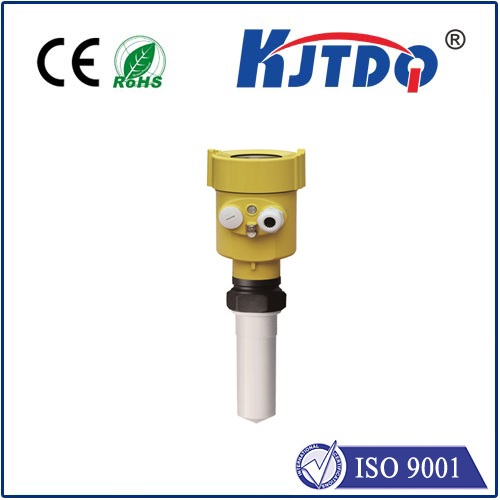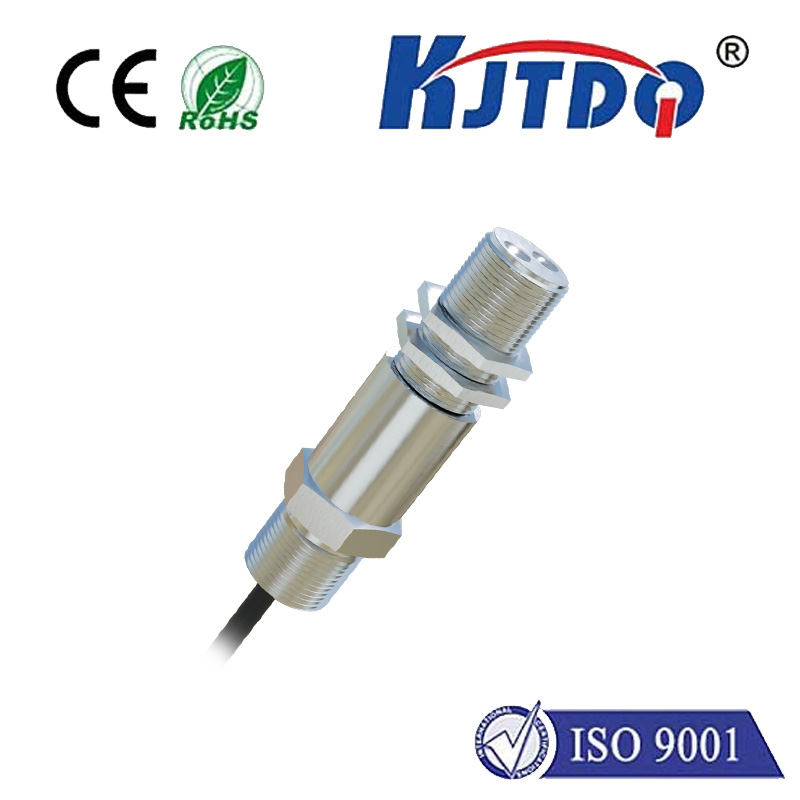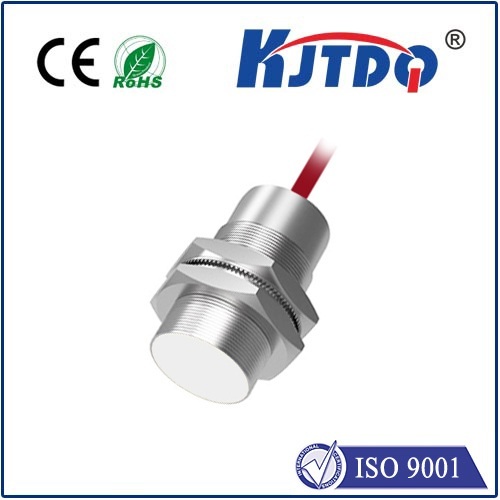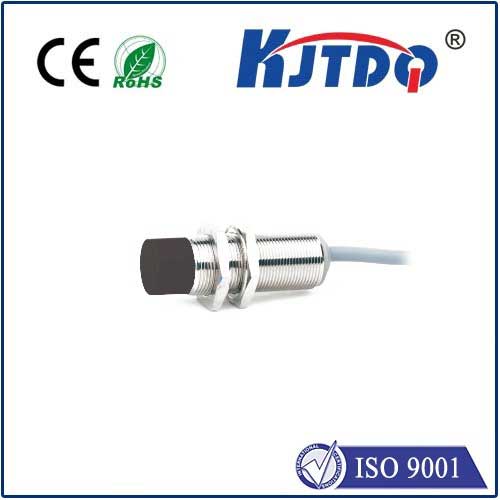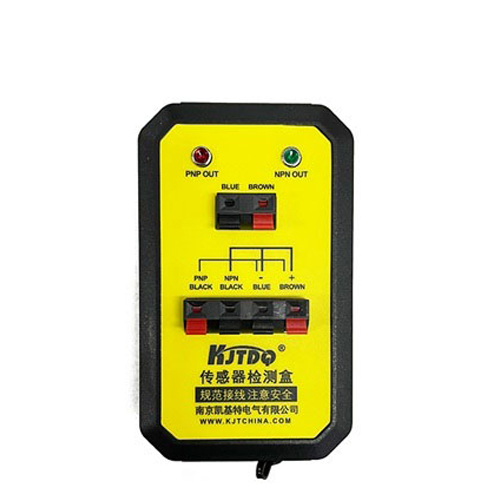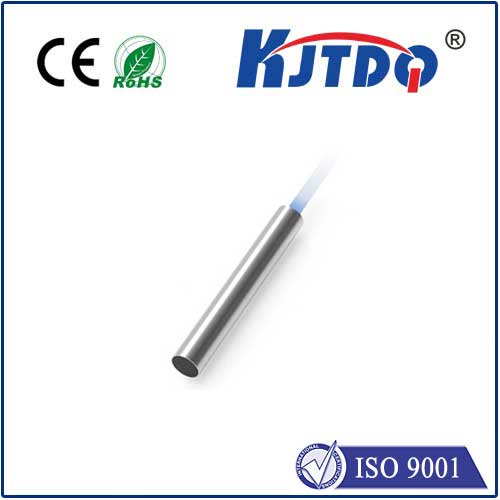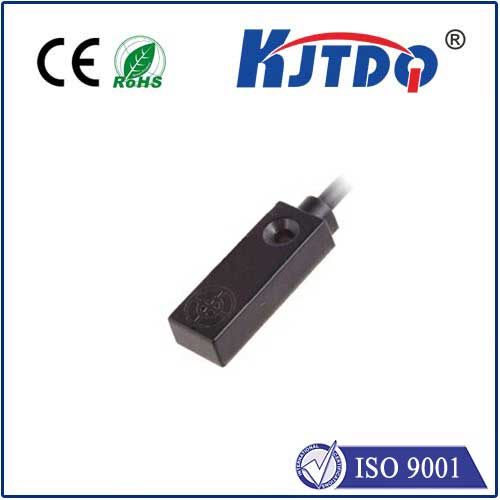Lidar S1: The Next Evolution in High-Precision Environmental Sensing In a world where accurate environmental data is critical for tackling climate change, urban planning, and disaster management, the Lidar S1 emerges as a groundbreaking tool. Imagine a device capable of mapping dense forests with millimeter-level accuracy, detecting subtle shifts in terrain, or even identifying pollution hotspots invisible to the naked eye. This isn’t science fiction—it’s the reality brought to life by LiDAR (Light Detection and Ranging) technology, and the Lidar S1 is pushing its boundaries further than ever.
The Lidar S1 isn’t just another sensor; it’s a leap forward in high-resolution 3D mapping. Traditional LiDAR systems rely on pulsed laser beams to measure distances, but the S1 integrates AI-driven adaptive scanning, allowing it to prioritize critical areas in real time. For instance, when surveying a wildfire-prone region, the device can autonomously focus on detecting dry vegetation clusters or unstable slopes, delivering actionable insights faster than conventional models. Key Innovations:
Enhanced Resolution: With a 10,000-point-per-second scan rate, the Lidar S1 captures details previously missed by older systems, such as micro-cracks in infrastructure or early-stage plant diseases in agriculture.
Multi-Spectral Compatibility: Unlike single-wavelength LiDAR, the S1 supports dual-band lasers (905nm and 1550nm), enabling it to penetrate fog, dust, and even shallow water—ideal for coastal erosion studies or flood risk assessments.
Portability Redefined: Weighing just 2.3 kilograms, the Lidar S1 is designed for drone integration, making it accessible for small-scale projects like rooftop solar panel inspections or archaeological site preservation.

The versatility of the Lidar S1 is reshaping how industries approach data collection. Let’s explore three sectors where its impact is most profound.
From tracking deforestation in the Amazon to monitoring glacier retreat in the Arctic, the Lidar S1 provides conservationists with unparalleled precision. In a recent project, researchers used the device to map mangrove forests in Southeast Asia, identifying areas at risk from rising sea levels. The S1’s ability to distinguish between healthy and degraded ecosystems helps prioritize restoration efforts, a game-changer for biodiversity protection.
Urban planners are leveraging the Lidar S1 to create digital twins of cities. By generating 3D models of road networks, bridges, and buildings, municipalities can simulate traffic flow, optimize energy usage, and predict maintenance needs. For example, in Singapore, the S1 was deployed to detect subsidence in aging subway tunnels, preventing potential disasters before they occur.
Farmers are adopting the Lidar S1 to boost crop yields sustainably. The device’s soil moisture mapping and canopy density analysis enable targeted irrigation and fertilization. In California’s vineyards, growers use the S1 to monitor grapevine health, reducing water waste by 30% while increasing harvest quality.
At its core, the Lidar S1 operates by emitting laser pulses and measuring the time it takes for them to return after hitting a surface. However, its proprietary algorithms take raw data to the next level. By cross-referencing LiDAR scans with satellite imagery and IoT sensor inputs, the S1 generates predictive models. For instance, in landslide-prone regions, it can forecast soil instability weeks in advance by analyzing subtle ground movements. Overcoming Traditional Limitations: Early LiDAR systems struggled with high costs and data processing delays. The Lidar S1 addresses these through:
Edge Computing: Onboard processors filter noise and classify objects (e.g., distinguishing power lines from tree branches) during scans, slashing cloud processing time.
Cost Efficiency: Modular design allows users to upgrade components like lenses or batteries, extending the device’s lifespan and reducing long-term expenses.
Since its launch, the Lidar S1 has garnered attention from both startups and Fortune 500 companies. Its affordability (priced at $12,500, 40% cheaper than comparable models) democratizes access to advanced LiDAR tech. Analysts predict the global LiDAR market will grow to $3.4 billion by 2028, with devices like the S1 driving adoption in emerging fields like autonomous vehicles and renewable energy. Yet, challenges remain. Regulatory hurdles, such as airspace restrictions for drone-mounted LiDAR, and the need for standardized data formats, are areas requiring industry collaboration. The Lidar S1 team has already partnered with open-source platforms to streamline data sharing—a move applauded by academic and commercial users alike.
Disaster Response: After a typhoon struck the Philippines, rescue teams used the Lidar S1 to map collapsed buildings in 4K resolution, accelerating survivor recovery by 72 hours.
Cultural Heritage: In Egypt, archaeologists employed the S1 to uncover hidden chambers beneath the Saqqara necropolis, all without disturbing the sacred site.
Renewable Energy: A wind farm in Norway utilized the S1 to analyze turbine blade wear, cutting maintenance costs by $200,000 annually. As industries grapple with the demands of a rapidly changing planet, tools like the Lidar S1 aren’t just optional—they’re essential. By turning raw environmental data into actionable intelligence, this device is quietly shaping a safer, smarter, and more sustainable future.
